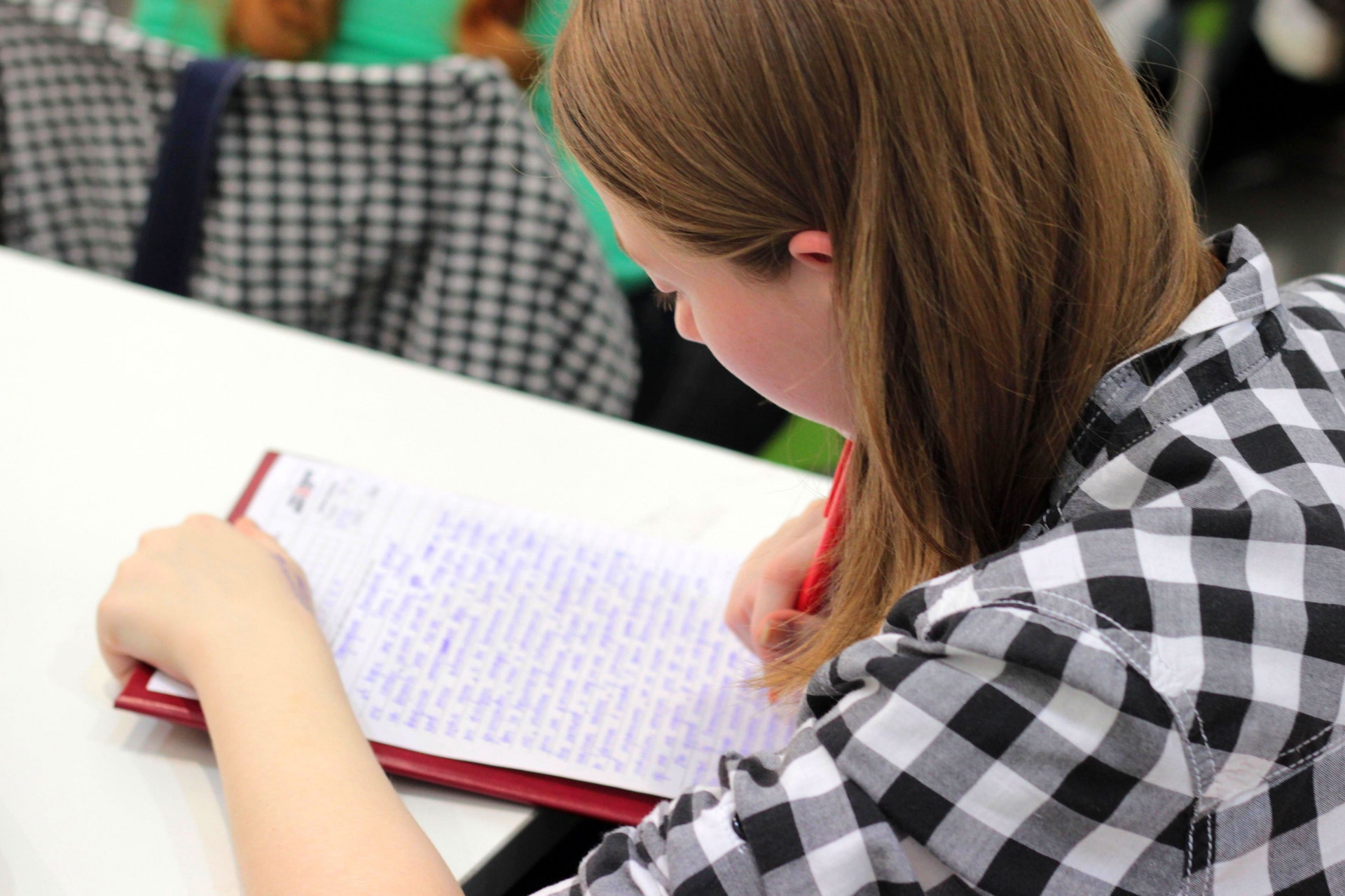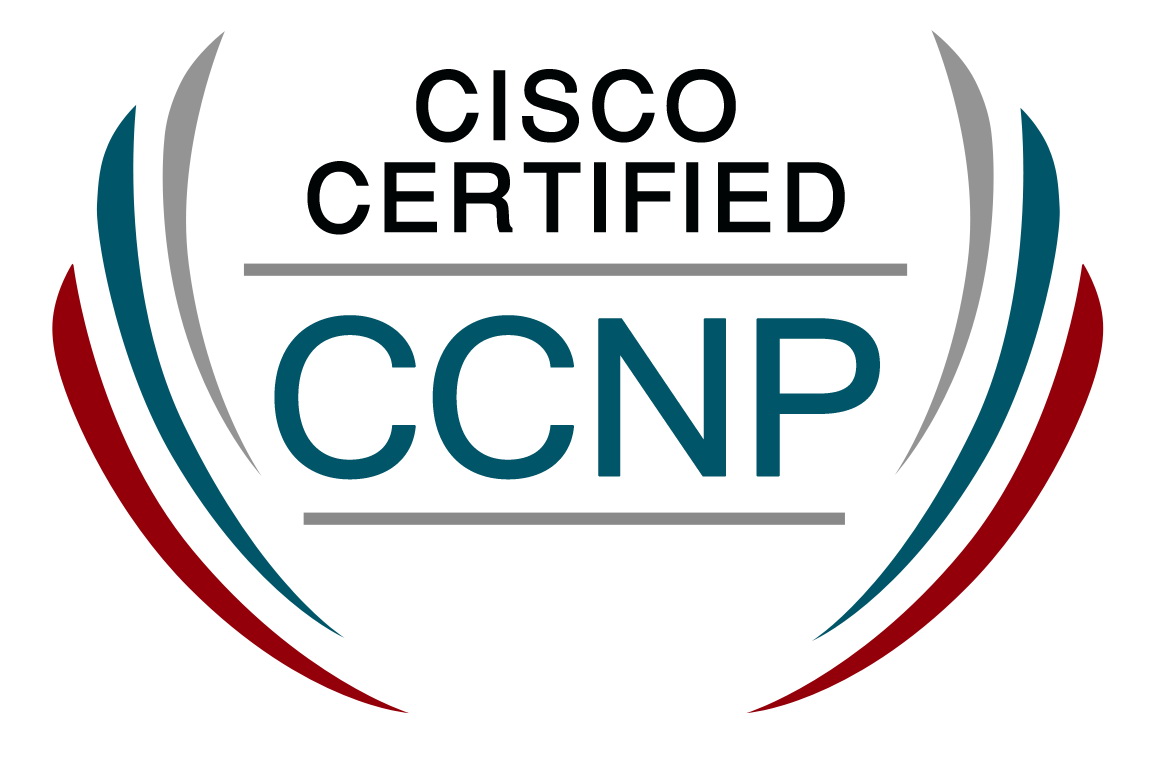Around the globe, education can vary greatly from teaching methods to the way students are assessed. This can be for any number of reasons, including how nationals cultures influence how children are taught and different perspectives on the most effective methods. Some countries, for example, may feel that traditional exam-based assessment is more representative of a child’s true abilities whereas others may opt for project-based learning paths.
The huge variety of teaching methods around the world mean that children experience a distinctly different kind of education depending on where they are on the planet.
What kind of methods do different countries typically use?
With a broad range of educational methods to choose from, you would quite rightly expect to see a great variety in the strategies used globally. Here are a few of the most interesting methods:
- Place-based learning: a really innovative education solution, this allows children to connect with their communities, outside of the traditional classroom. You can see an example of this in Bangladesh where floating, solar-powered school boats sail through communities and pick the pupils up as they go, especially during the monsoon season. After it is full, the floating school docks in the middle of the community where the students have their lessons.
- Maker-style method: you may already be familiar with this method as it is quite popular around the world. It focuses on allowing students to have some time during the school week to make things and express their creativity. This can also incorporate immersive technology as a creative learning tool, as can be seen in some UK schools which have encouraged this method.
- Personalized Learning: the aim of personalized learning is that each child is treated as an individual and the learning they then receive becomes personal to them. This allows for greater development and for the pupils to receive an education that will bring out the best in them. This method is used all across the world from an American style education in Hong Kong to classrooms in France.
- Paper-free classroom learning: with constant advances in technology, you will not be surprised to hear that some countries around the world have adopted this method! Leading the way in this digital revolution are schools in Canada, where many classrooms are now completely paper free. Instead of the traditional pen and workbooks, pupils use tablets or laptops to complete their work and submit via electronic methods when they are ready.
A world of choice awaits
If you are an education professional looking for exciting new methods to build into your schedule, then taking inspiration from around the world is wise. You would be surprised at the many innovative teaching methods that various countries use in their schools and the fresh perspectives they can bring to your teaching. Of course, you may be a parent interested in the many fine ways that your child can be taught. Whatever the reason, the above methods and the countries that use them show just how varied education is around the planet.





